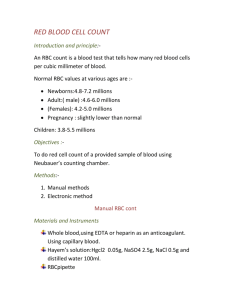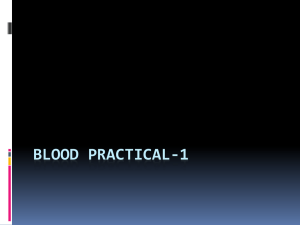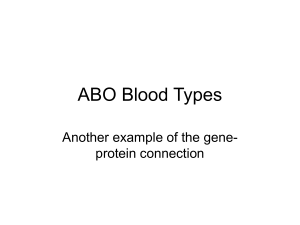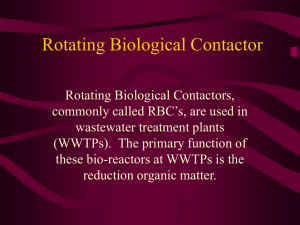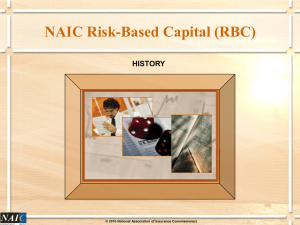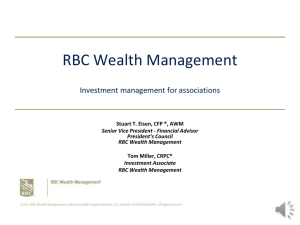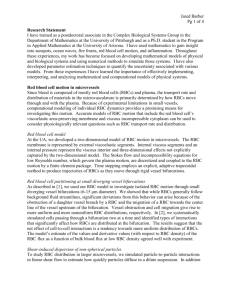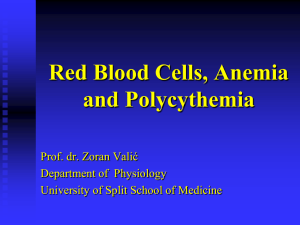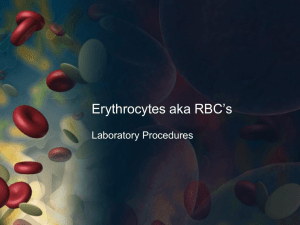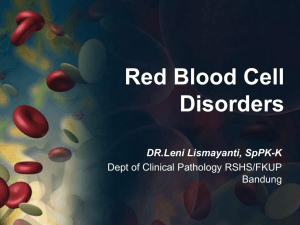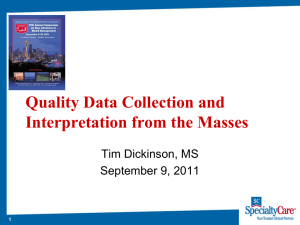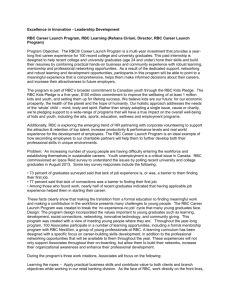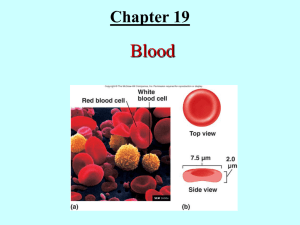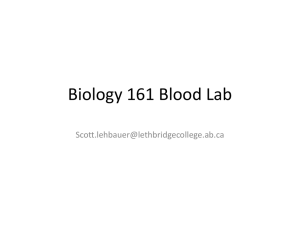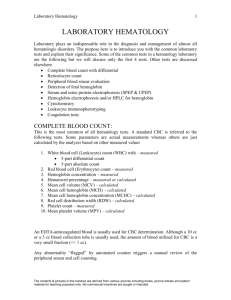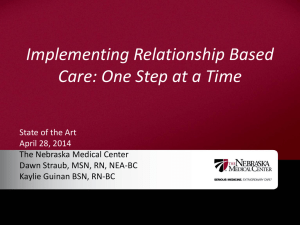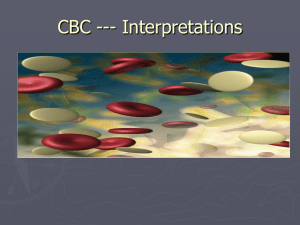Objective 3-4: Formed Elements & Red Blood Cells
advertisement
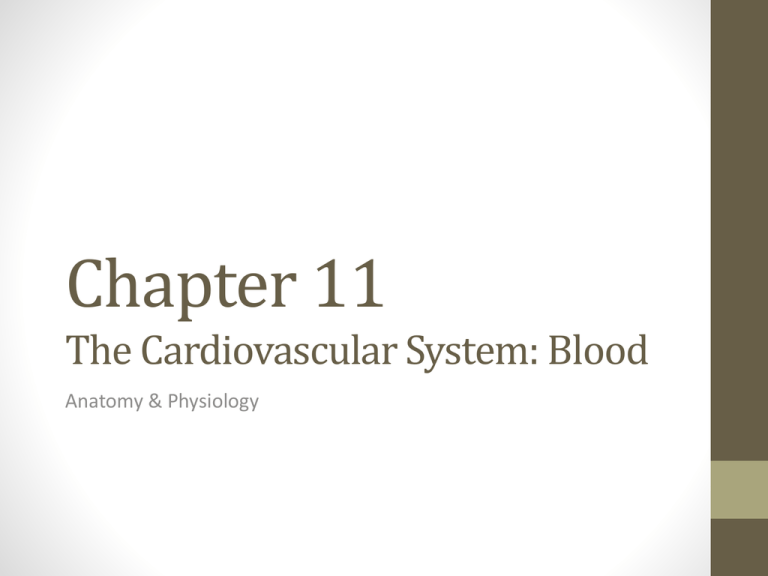
Chapter 11 The Cardiovascular System: Blood Anatomy & Physiology • “The living body is in constant communication with it’s external environment. Nutrients are absorbed through the lining of the digestive tract, gases move across the epithelium of the lungs, and wastes are excreted in the feces and urine. Even though these chemical exchanges occur at specialized sties, they affect every cell, tissue, and organ in a matter of moments because all parts of the body are linked by the cardiovascular system, an internal transport network.” (p. 365) Chapter 11 The Cardiovascular System: Blood Objective 3 & 4 3. Describe the origins and production of the formed elements in blood. 4. Discuss the characteristics and functions of red blood cells. Production of Formed Elements • Hemopoiesis – process by which formed elements are produced • In adults the main site of hemopoiesis is in red bone marrow • erythopoiesis – RBC formation • leukopoiesis – WBC formation • thrombopoiesis – platelet formation Red Blood Cells • RBC’s contain the pigment hemoglobin • Oxygen and carbon dioxide bind to hemoglobin • RBC’s account for 99% of the formed elements • How many RBC’s are in… One drop of blood One cc or mL Male Female Whole Human Body 2.6 million 5.4 4.8 million million 75 trillion Hematocrit • Hematocrit - the percentage of whole blood volume occupied by cellular elements • so this is MAINLY referring to the amount of RBC’s present • Hematocrit values increase when: • You are dehydrated • Less plasma (water) relative to # of RBC’s • You make more RBC’s due to low oxygen levels • More RBC’s are made in response to the hormone erythropoietin, stimulates production RBC Structure • Unusual shape • Biconcave • Increases surface area to volume ratio • Increases diffusion of gases • Makes them flexible • Easier to pass through tiny capillaries RBC Structure continued… • During formation, RBC’s lose their organelles • Mitochondria • Ribosomes • Nuclei • This prevents them from dividing (mitosis) • Short life span Hemoglobin Structure & Function • Hemoglobin – a gas transporting protein • makes up 95% of a mature RBC • Hemoglobin contains a pigment called heme • Each heme molecule holds a iron ion • Oxygen binds to the iron on each heme • When CO2 levels rise around the RBC, • It releases O2 • And gains CO2 • This process reverses when O2 levels rise around the RBC RBC Life Span & Circulation • RBC’s have a life span up to 120 days • They get beat up traveling around • Macrophages in the liver, spleen, and bone marrow eat the really old & beat up looking RBC’s • 10% of RBC’s sneak by macrophages and hemolyze (explode!) A round trip of the circulatory system takes only one minute Approximately 3 million new RBC’s enter the blood stream every second The Role of EPO in the Control of Erythropoiesis • Tissues deprived of oxygen release EPO (the hormone erythropoietin) • This accelerates • division of stem cells in bone marrow • maturation of RBC’s • Effect is more RBC’s entering circulation • This improves oxygen delivery to tissues
